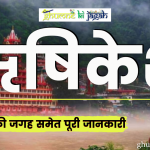The democracy that the whole world talks about today was first given to the world by Bihar and that land was none other than the Vaishali Republic of Bihar.
Vaishali is a holy place for the followers of Jainism because it is the birthplace of Mahavira. Lord Buddha came to this land three times, it was also his karmabhoomi. In such a situation, Vaishali is a very important place for Jains, Buddhists and Hindus.
Today we will talk about this Vaishali and discuss the places to visit in the Vaishali district of the present Bihar state.
There are many important and historical places in Vaishali from the point of view of tourism, but before knowing about them, let us understand some important things.
Best Places to visit in Vaishali
Vaishali is a district of Bihar whose headquarters is Hajipur, as well as there is a place named Vaishali in this district which is often known as Vaishali Garh.
In such a situation, in this article we will talk about the tourist places of the entire Vaishali district. So first of all let’s talk about the places in other parts of Vaishali district, then in the second phase about the places around Vaishali Garh –
Kaunhara Ghat

This Ghat of Hajipur city situated on the bank of Gandak river (Narayani) holds a lot of importance, this is the place where Ganga and Gandak meet where this river merges with Ganga.
According to mythology, Gaj-Grah got salvation at the hands of Lord Vishnu at this place, after which this land became Maha-Mukti Dham.
The ashes of the pyre never cool down here. Not only Vaishali district but people from neighboring Muzaffarpur, Samastipur area also come here for cremation.
It is believed that on the day of Kartik Purnima, in the battle between Gaj (Indraman cursed by Agastya Muni) and Grah (Gandharva named Haha cursed by Deval Rishi), Lord Vishnu killed Grah with Sudarshan Chakra and protected Gaj.
Since then, there is a religious belief that one gets salvation by bathing in Ganga here on the day of Kartik Purnima, so every year on the occasion of Kartik Purnima, lakhs of people come to this ghat and take a dip.
2. Nepali Chhawani Temple

Nepali Chhawani Temple is situated near Konhara Ghat, it was built in the 18th century in Pagoda style by a Nepali army officer Matbar Singh Thapa.
This unique temple is a wonderful example of Nepali architecture. Most of the love scenes made on wooden panels are now destroyed or have been stolen. Apart from art lovers, this temple has a great reputation among Shiva devotees.
This temple also has extensive depiction of Kamasutra, different postures of Kamasutra are depicted on the wooden pillars of the temple. This is the reason why it is called Khajuraho of Bihar.
This temple is also a protected heritage by the Bihar government, tourists used to come from far and wide to see this temple but today this heritage is getting destroyed due to lack of maintenance and government’s indifference.
3. Ramchaura Temple

Located in Hajipur itself, this temple is dedicated to Lord Rama and according to folklore, it has existed since the Ramayana period. It is believed that when Lord Shri Ram went to Janakpur, he passed through here.
Even today his footprints are worshiped in this temple. There is a tradition of celebrating Ram’s birth anniversary, Ram Navami every year in Ramchaura temple and every year a grand procession is taken out on the occasion of Ram Navami.
4. Pataleshwar Temple Hajipur
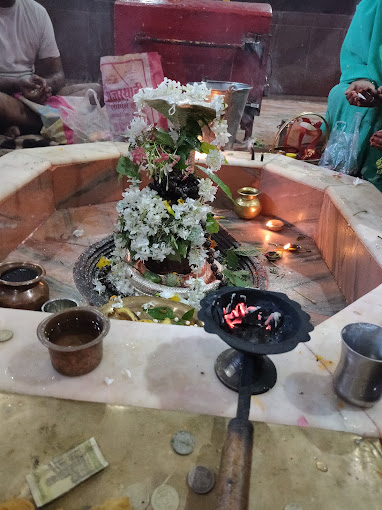
Pataleshwar Temple of Hajipur, dedicated to Lord Shiva, is one of the famous places of the city. This temple is an important center of faith for Shiva devotees in the district.
This temple remains crowded with devotees all year round, especially this temple is famous in the entire district for marriage ceremonies.
5. Baraila Lake
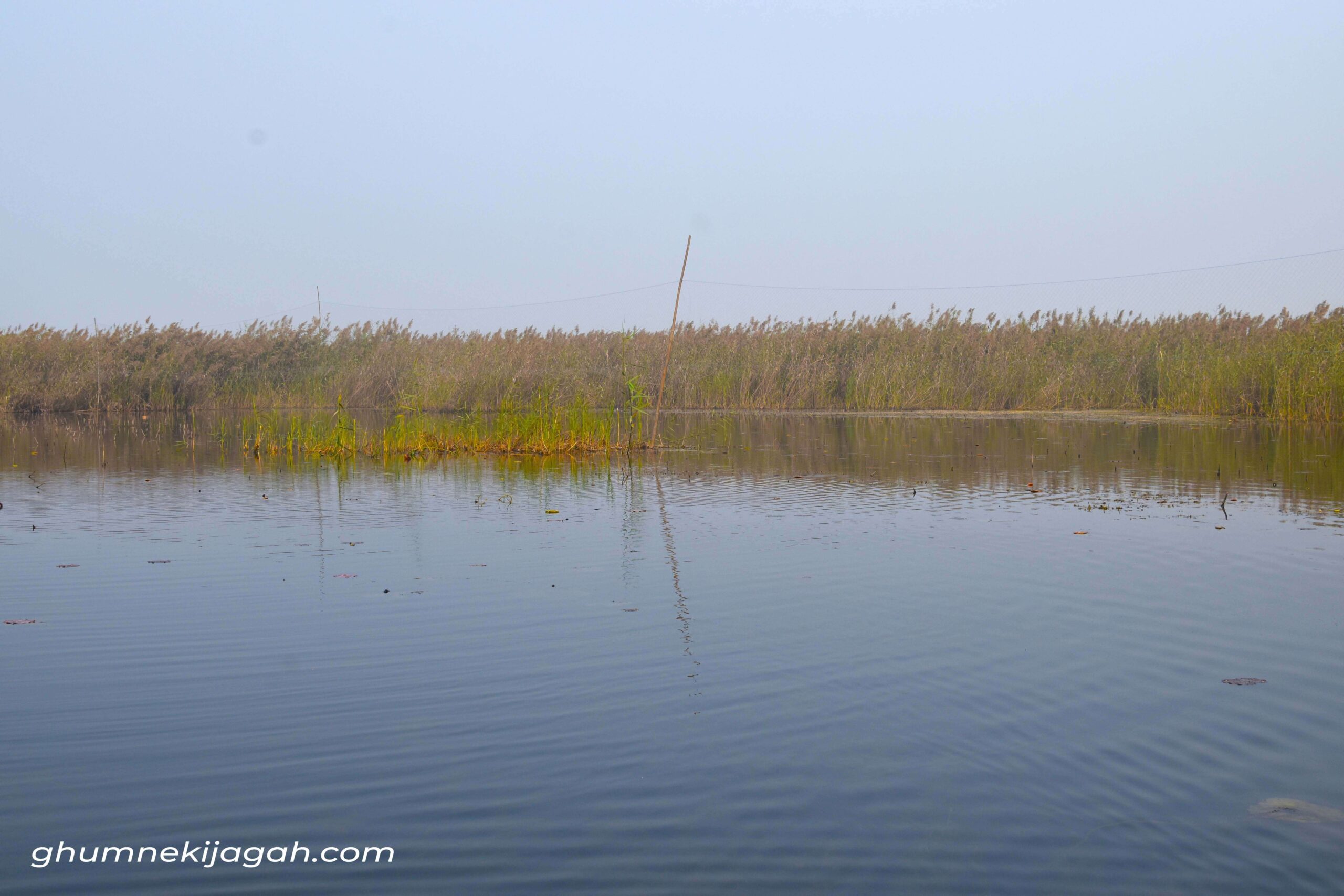
In the year 1997, Baraila lake located in Jandaha and Patepur of Vaishali was notified as ‘Salim Ali Jubba Sahni Bird Sanctuary’. At that time, a large number of migratory birds used to come here but in the last few years, it has declined a lot.
The weather here is very pleasant from October to the end of February, migratory birds also arrive in this season.
This place has not been developed from the tourism point of view, there are neither proper roads to reach here nor is there any security and resources available for the visitors.
6. Ganinath Dham
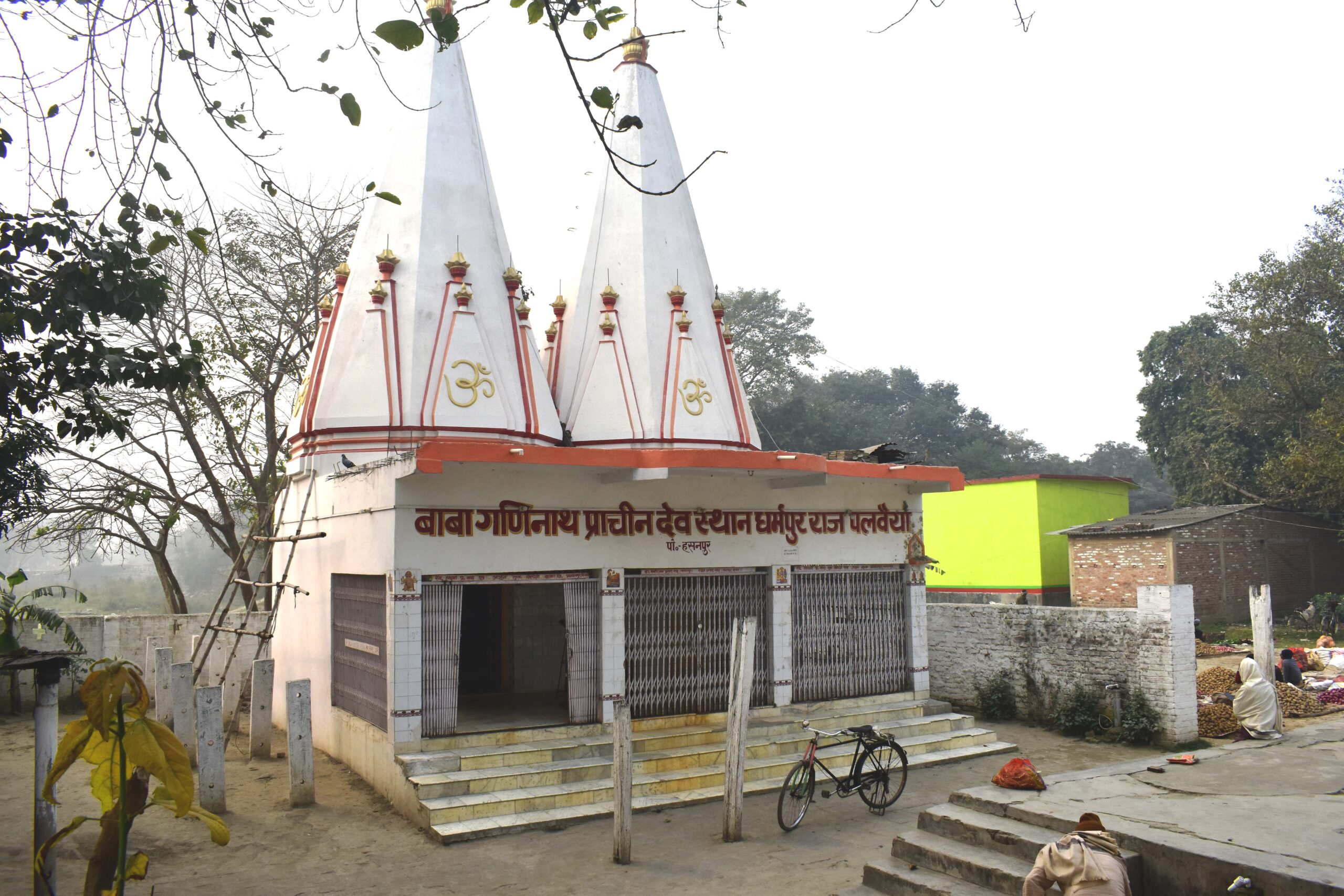
This temple is dedicated to Baba Ganinatha, the Kul Guru of Madheshiya Vaishya community. This temple is known as the holy Palvaiya Dham, the Samadhi-Bhoomi of Sant Shiromani Baba Ganinatha.
Every year on the birth anniversary of Baba Ganinatha (first Saturday after Krishna Janmashtami), his community worships him and organizes a fair.
It is believed that after incarnated on earth as the Manas Putra of Lord Shankar, Baba Ganinatha killed the demoness Naina Dhogin and freed the entire human race.
People who come to celebrate Ganinatha Jayanti also search for a suitable daughter-in-law/son-in-law for their son/daughter. They return after the cultural program.
7. Baba Bateshwarnath Temple

There is a very old temple of Baba Bateshwar Nath in Jandaha block of the district where lakhs of devotees perform Jalabhishek on Bateshwar Nath every year. There is a story about Baba Bateshwar Nath that he has automatically emerged from a Banyan tree at some height.
This Banyan tree which is thousands of years old also has a den of poisonous snakes, but the local people believe that no snake living in this Banyan tree ever harms any villager.
Every year on the occasion of Shivaratri, a huge fair is organized around the temple premises, this fair is famous for bay leaves and items made of wood.
8. Govindpur Singhara Shaktipeeth
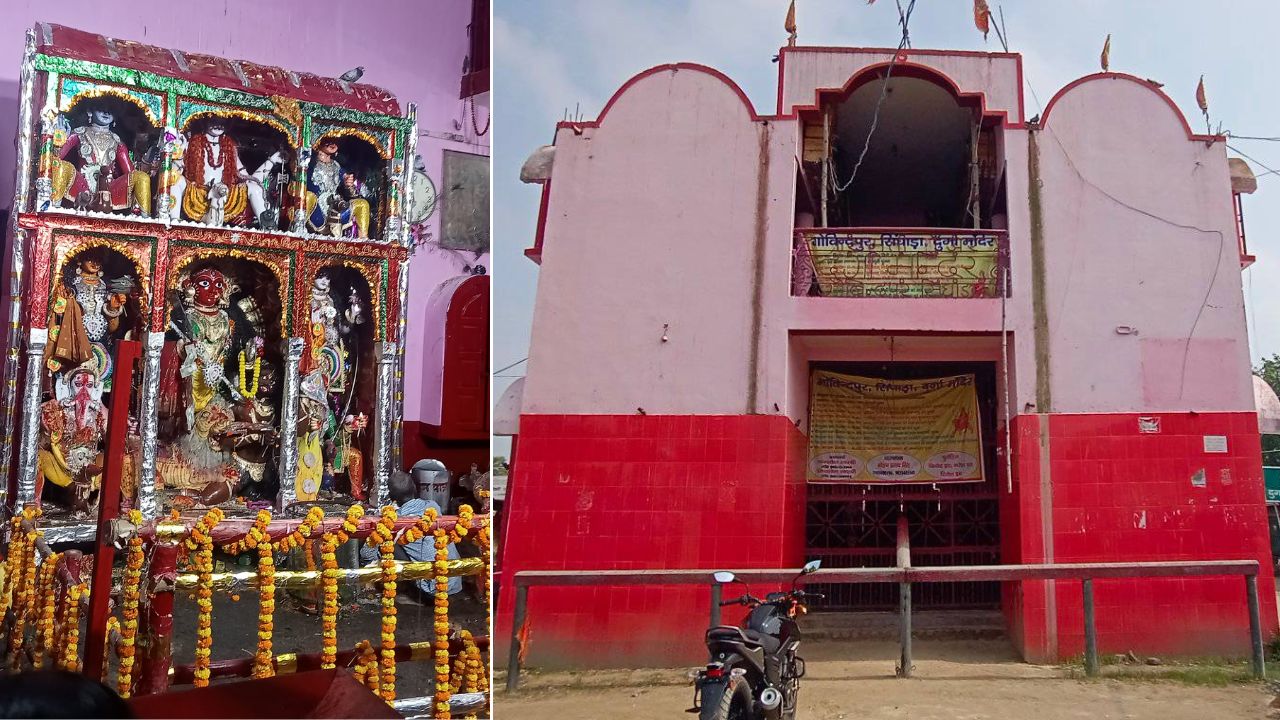
Govindpur Singhara Shaktipeeth Mata Mandir, located eight kilometers east of Mahua Bazaar, in the middle of Mahua-Tajpur road and Jandaha road, is famous as a temple of Manokamna Siddhi.
During Navaratri, lakhs of people come to the court of Maa and offer prayers every year. Here, the door of Maa’s temple opens on the day of Panchami. The specialty of the idol made for worship is that a live idol of the same figure is made here for hundreds of years.
For centuries, the tradition of opening the door of Maa’s temple and offering sacrifice on the day of Panchami has been going on here, which is still going on. A grand fair is also organized here from Panchami to Dashami.
It is a local belief that whatever a devotee asks for after reaching the court of Maa with a true heart, Maa fulfills it.
9. Baba Basavan Bhuiya Sthan
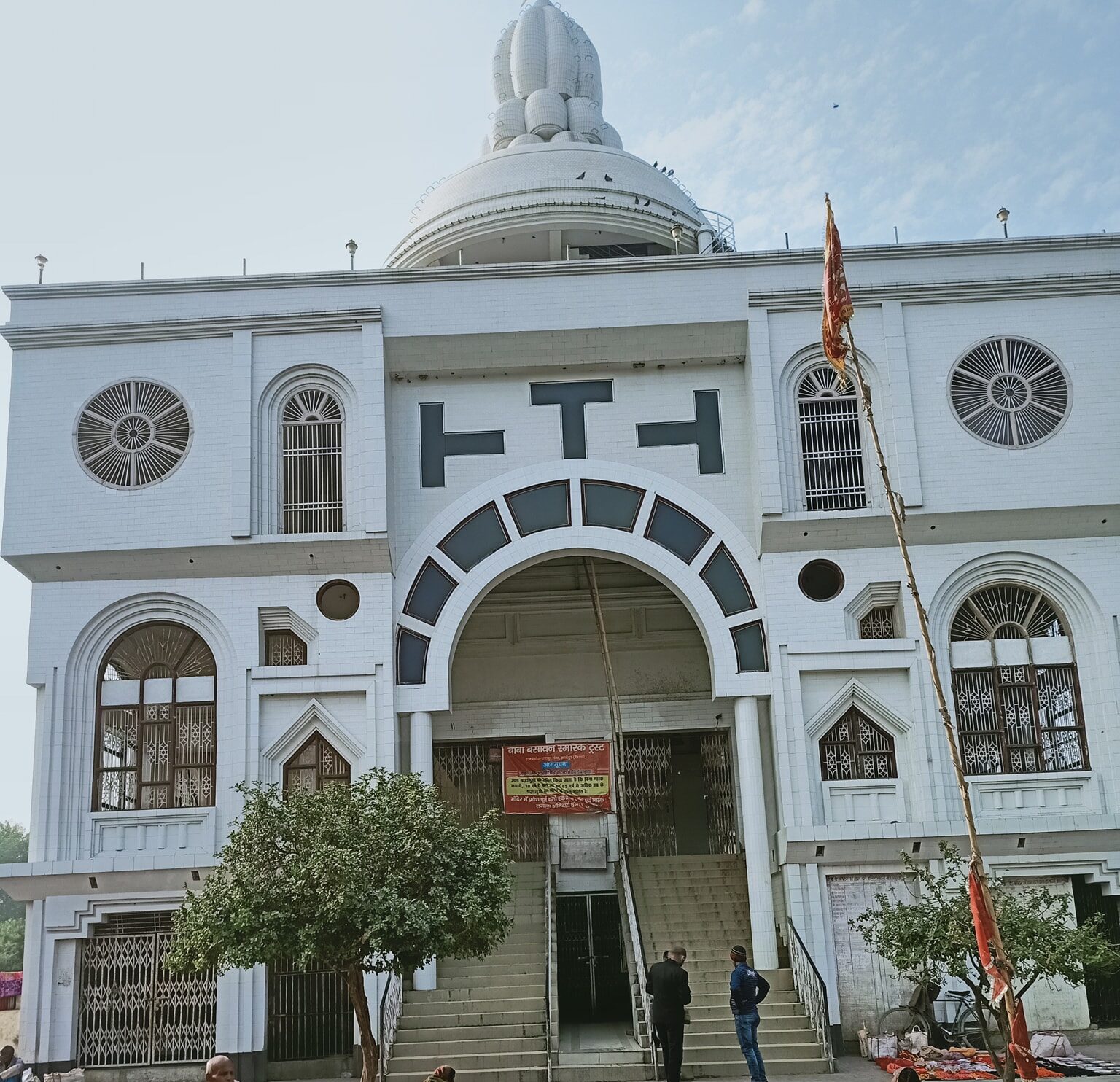
Baba Basavan Bhuiya Sthan Mandir located in Panapur Langa village near the district headquarters Hajipur is quite popular in Bihar as well as other states.
This temple is a symbol of faith for cattle keepers of the entire country, it is a unique temple where milk Abhishek is done, due to which milk streams flow like rivers in the temple.
People from far and wide come here throughout the year to offer milk, not only this, cattle keepers coming from far and wide also do kirtan by playing drums. Milk Abhishek is specially done here on Mondays and Fridays.
Every year, a fair is also organized in the temple premises on the occasion of Vasant Panchami and Dussehra, then the number of devotees offering milk increases manifold.
10. Sarasai Shiv Mandir

Sarasai Sarovar is historic and important for many reasons. The Sarovar is spread over 50 acres and bats are present on trees all around it. Big bats can be seen hanging on the branches of the trees.
If we believe the local people, bats have been here since ancient times and the villagers consider bats as saviors of trouble. The people of this village neither harm the bats nor allow anyone to harm them.
The people here worship the bats. There is a custom of worshipping the bats first along with the Kuldevta before any auspicious work.
A huge statue of Lord Shiva has also been installed near this Sarovar which has become a major center of attraction among the people of the district. Every year a program is also organized here on Shivratri.
11. Ruins of The Fort of Lichhavi King Vishal
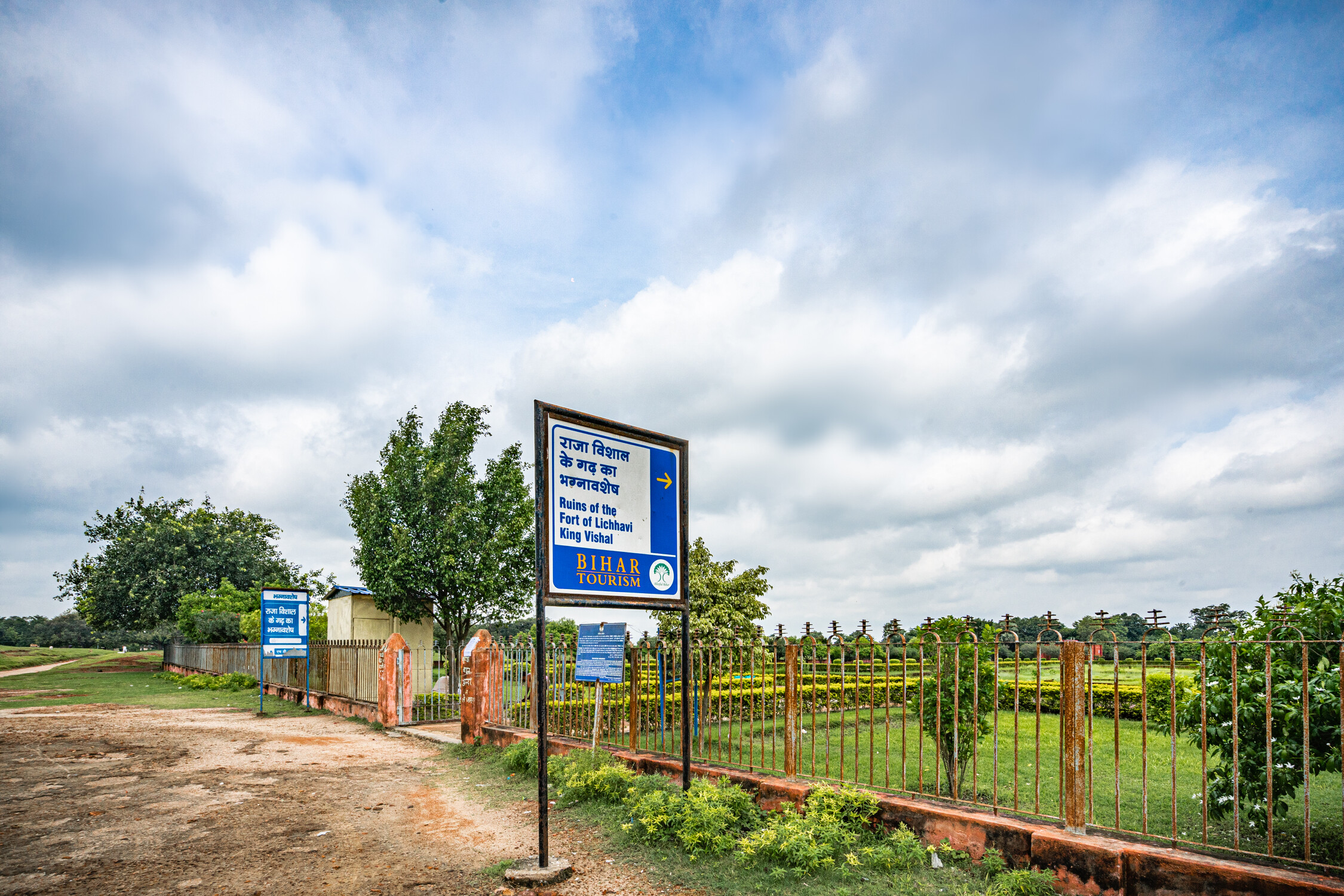
King Vishal of the Lichchhavi Republic built a fort here which is now in ruins. This fort spread over about 81 acres is called King Vishal’s Garh. It is considered to be the remains of the ancient Parliament House.
It is believed that this is the oldest parliament in the world in which about 7000 members of the Sangh used to listen to the problems together and also debate and discuss them.
12. Vishwa Shanti Stupa
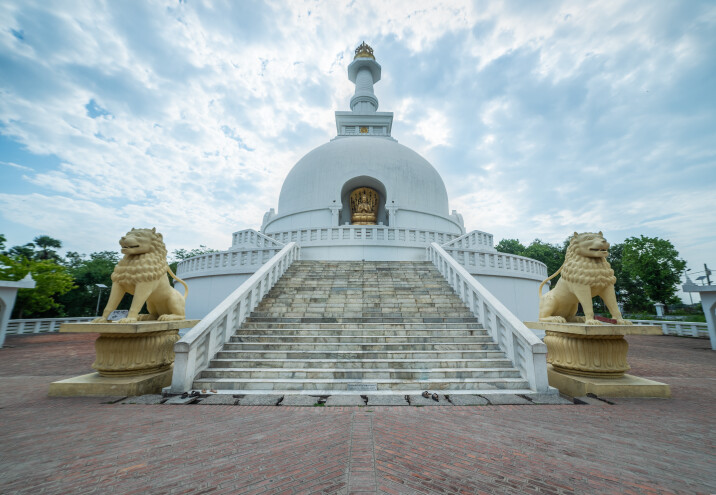
Vishwa Shanti Stupa located in Vaishali is considered a holy place, it is a very attractive and worth seeing tourist place. This stupa was built by the Nipponzan Myohoji sect of Japanese Buddhism.
The height of this stupa is approximately 125 feet. This Shanti Stupa was started on 23 October 1996, the diameter of this stupa is approximately 65 feet.
This stupa, giving the message of peace, witnesses thousands of national and international tourists and devotees every year, the stupa houses the relics of Lord Buddha along with gold jewelry and a lot of glass items.
13. Abhishek Pushkarni
This ancient lake is situated right next to the Shanti Stupa, which was dug by the Vaishali Republic, it is believed that this lake is about two and a half thousand years old.
It is said that when a new ruler was elected in the Vaishali Republic, then the coronation of that ruler was done on the banks of this lake. This is the reason why this place is also known as Abhishek Pushkarni.
The great writer of ancient times, Rahul Sankrityayan, has mentioned this place in great detail in his novel Singh Senapati. This place looks very good during the rainy season, and in this season, there is a rush of tourists to see this place. In English, this place is also known as Coronation Tank.
14. Buddha Relic Stupa

The Buddha Relic Stupa, one of the eight parts of the earthen body of Lord Buddha after he attained Mahaparinirvana, is one of the most revered sites for Buddhists and is also a protected site for the Archaeological Survey of India (ASI).
The Buddha Relic Stupa was constructed by the Lichchhavis in the 5th century BC as an earthen stupa. The stupa was later discovered in archaeological excavations carried out under the aegis of the Patna-based KP Jayaswal Research Institute during 1958-1962.
The relic casket excavated from the core of the stupa contained the sacred ashes of Lord Buddha mixed with earth, a piece of conch shell, pieces of beads, a thin golden leaf and a copper punch-marked coin. The casket was brought to the Patna Museum in 1972.
15. Ashoka Pillar
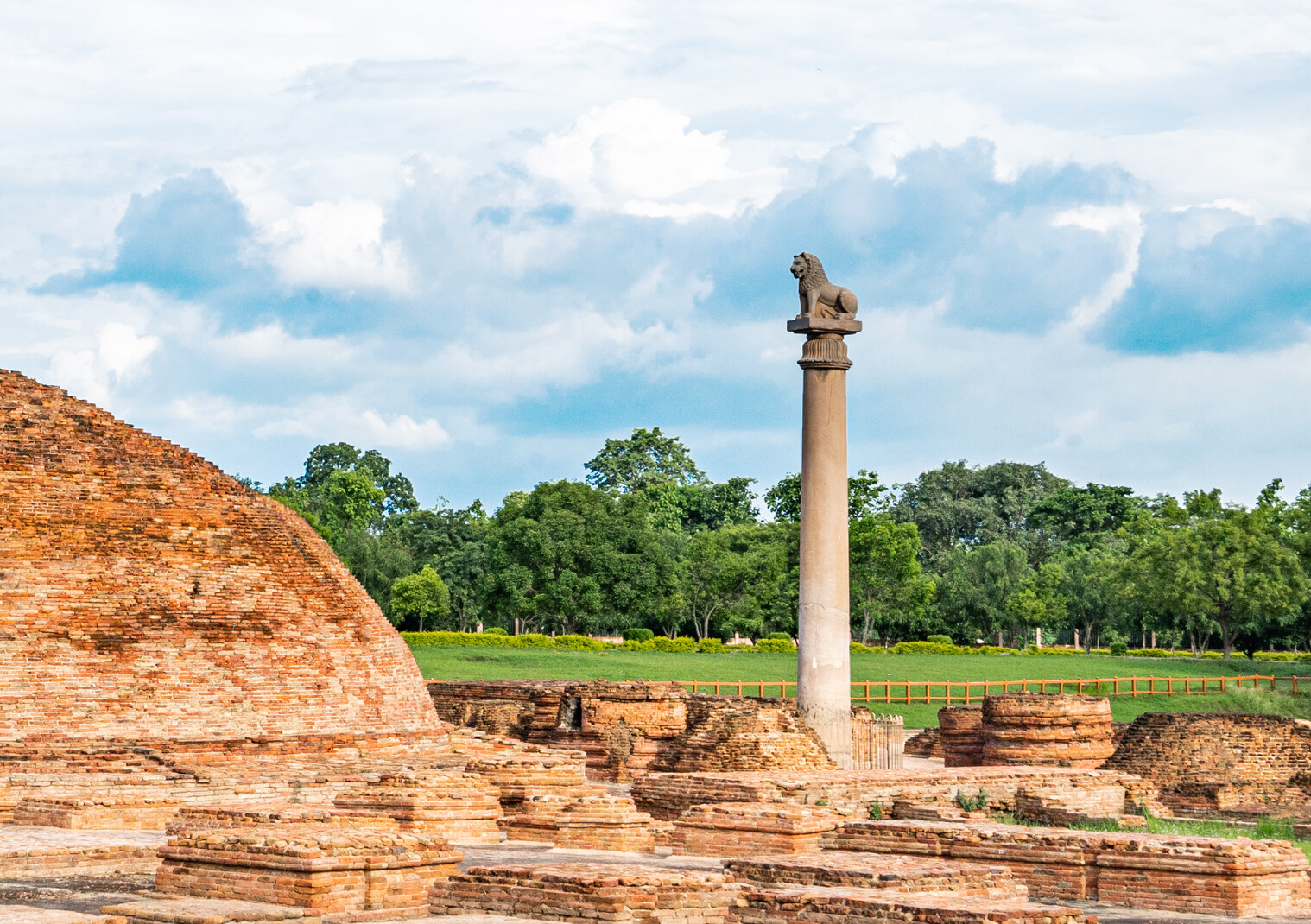
It is believed that when Emperor Ashoka became a follower of Buddhism after victory in the Kalinga war, Mahatma Buddha gave his last sermon in Vaishali. This is the reason why Emperor Ashoka built a pillar in Vaishali city which is known as Ashoka Pillar.
Emperor Ashoka has greatly encouraged sculpture and religious architecture during his period. Along with this, he has also encouraged architecture through religious propaganda. Ashoka Pillar is the result of this encouragement.
This Ashoka pillar is completely different from the pillars of other places, at the top of the pillar, a lion statue is erroneously made towards the north direction. This lion statue is considered to be the direction of Lord Buddha’s last journey.
A stupa made of bricks and a pond are also located next to this pillar. This pond is known as Ram Kund. This pond was discovered in 1996.
16. Lord Mahavir’s Birth Place
This place is considered a very sacred place for the followers of Jainism. The reason for this is that Lord Mahavira was born here.
This place is famous as the birthplace of Lord Mahavira. This place is located at a distance of about 4 kilometers from Vaishali district, and most of the tourists who come here belong to Jainism or are followers of Jainism.
Lord Mahavira was born 599 years before Christ in Kundalpur of Vaishali Republic to Kshatriya King Siddhartha and Queen Trishala of the Ikshvaku dynasty. And thirty years of his Kumara period were spent here.
Along with this, people of many different religions also come here to see the natural beauty.
17. Chaumukhi Mahadev Temple
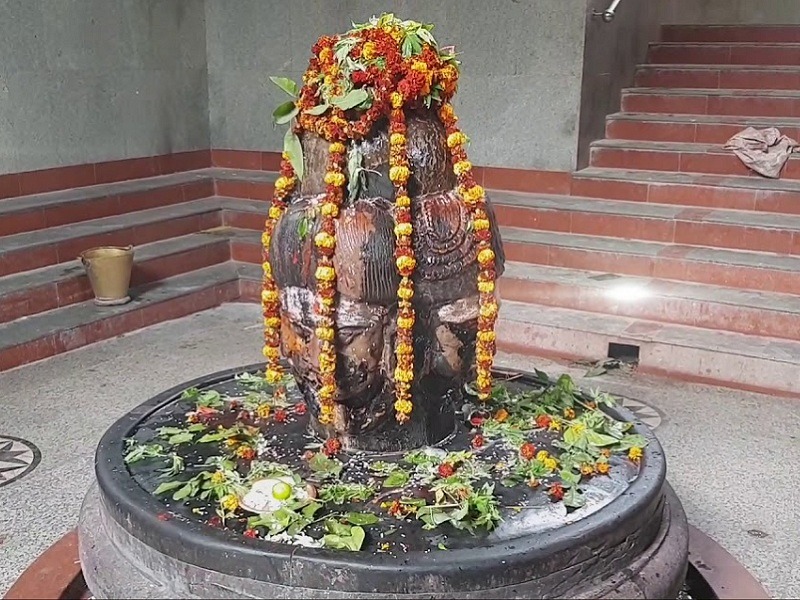
Although there are countless temples of Lord Shiva in different parts of the country, some temples have a different identity. And this temple located in Vaishali is one of those temples.
This temple located in Vaishali is the only temple in the country with a four-faced (circular) Shivling. Due to the belief and mystery associated with the temple, people from other countries also come here to visit.
This temple is known as the Chaumukhi Mahadev Temple or Chaturmukhi Mahadev Temple. A Shivling is installed in the temple around which the faces of the four Hindu gods Brahma, Vishnu, Shiva and Surya are seen.
There is a belief about the temple that when Lord Shri Ram, Laxman were going to Janakpur with their guru Vishwamitra, all three stayed here. All three also worshipped Chaumukhi Mahadev. It is said in folk tales that this temple was established by Banasura during the time of Lord Krishna in the Dwapar era.


